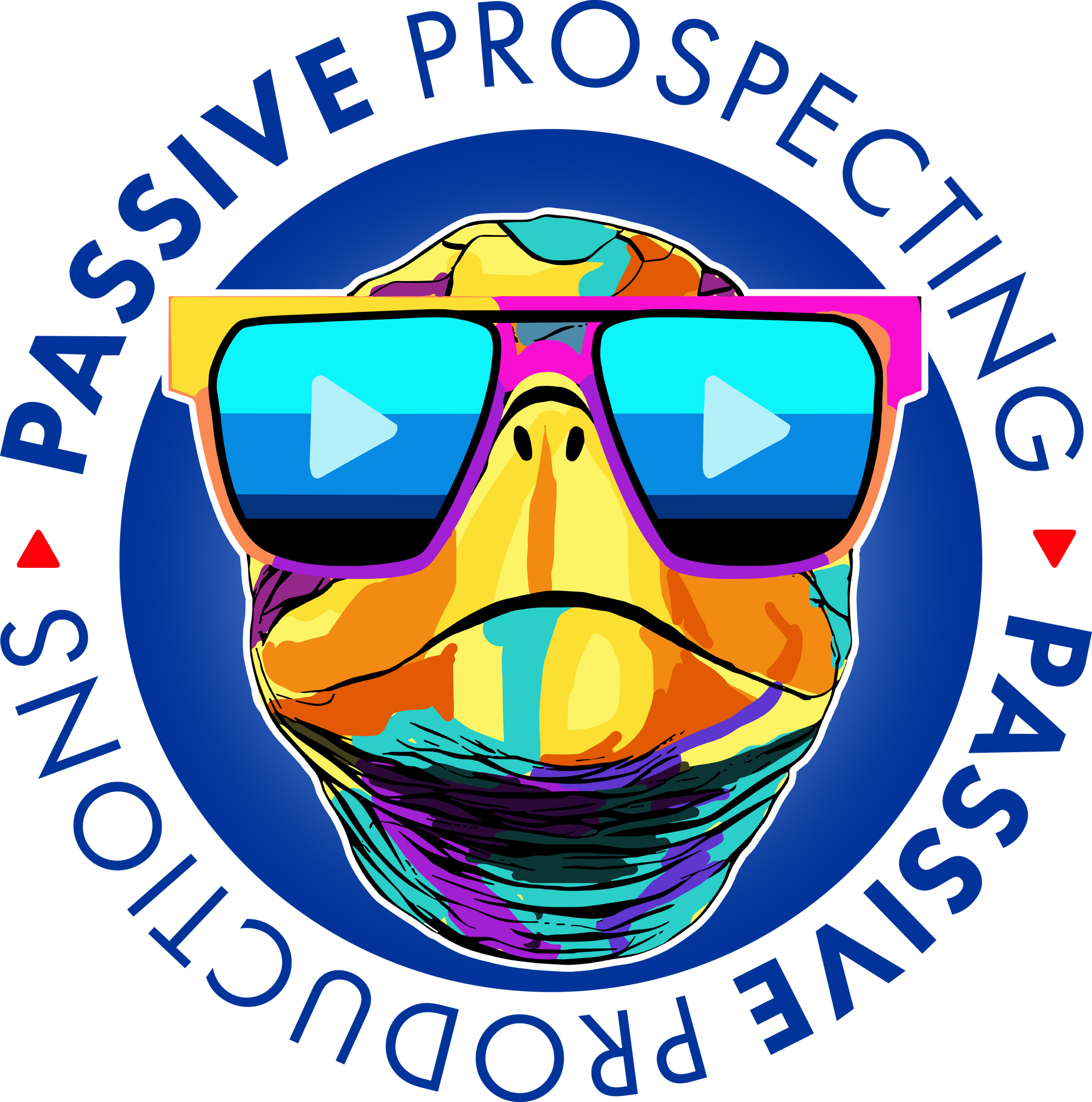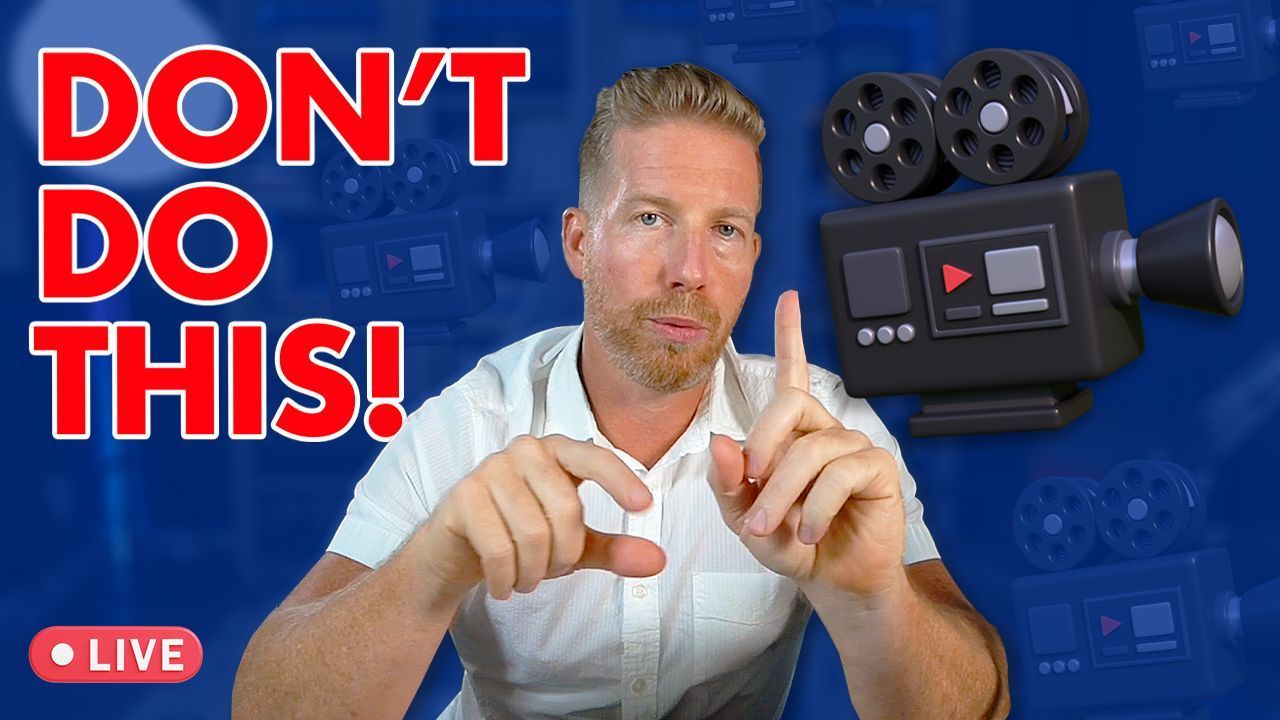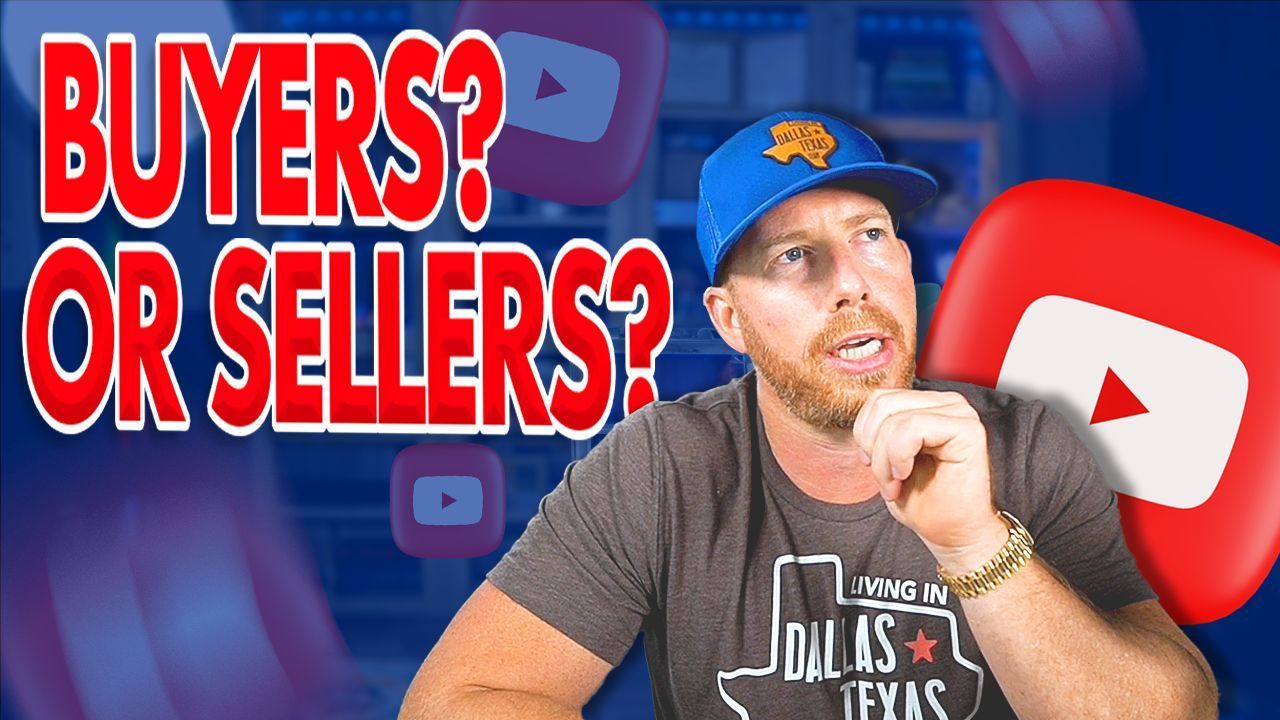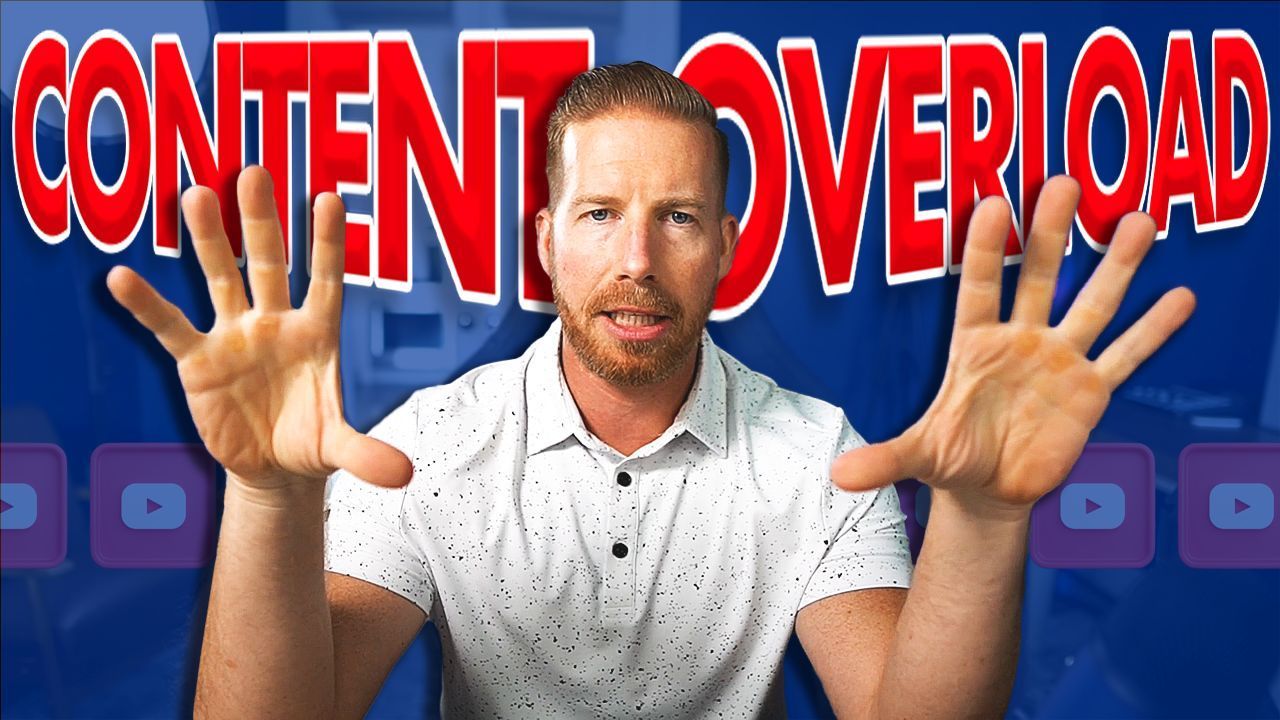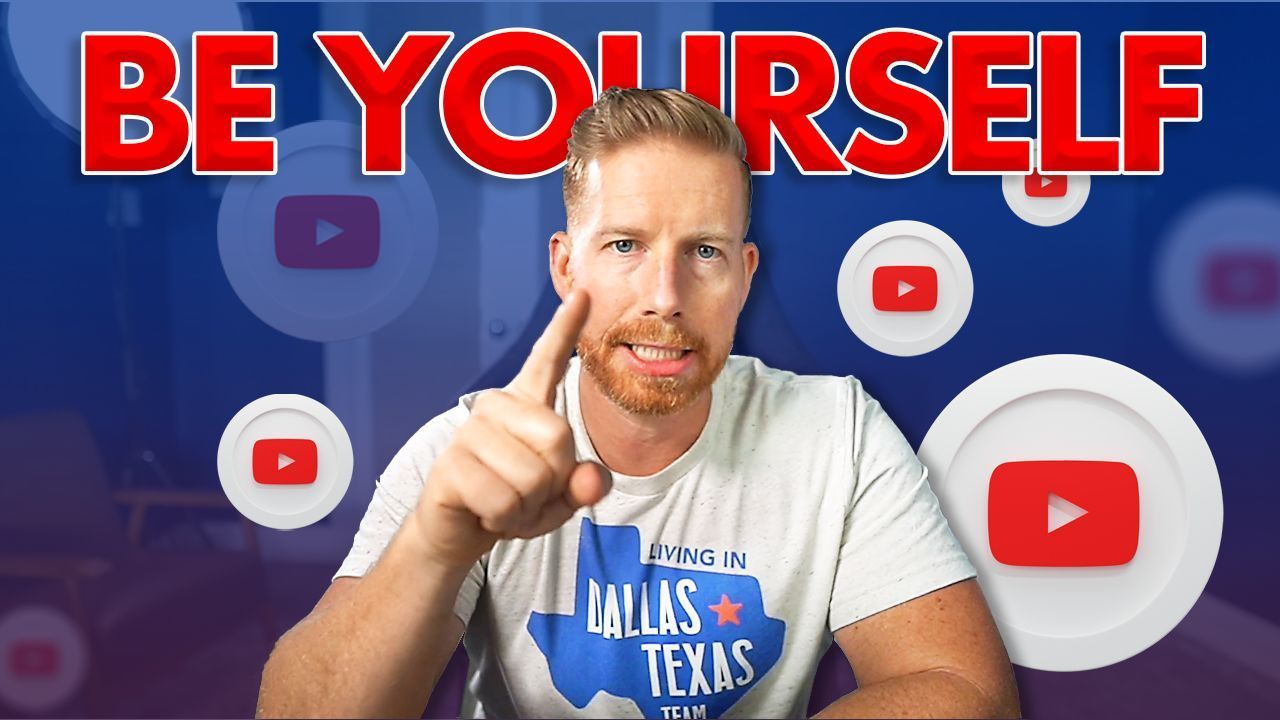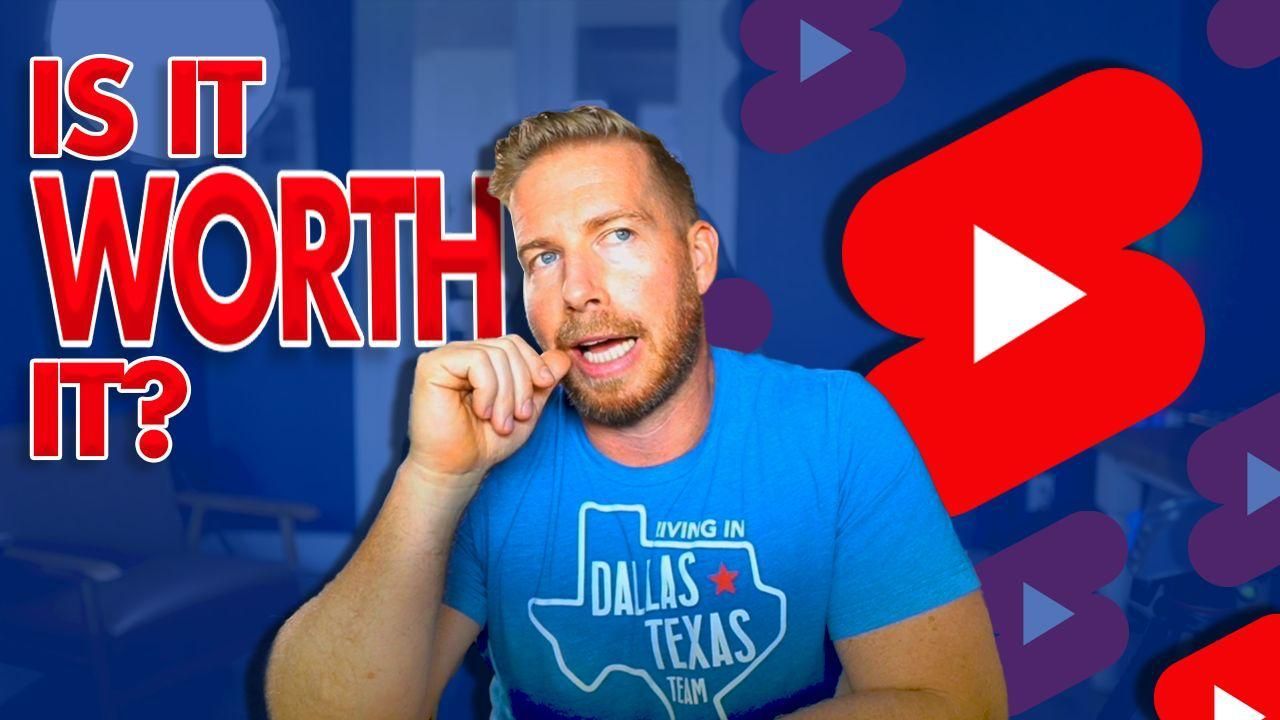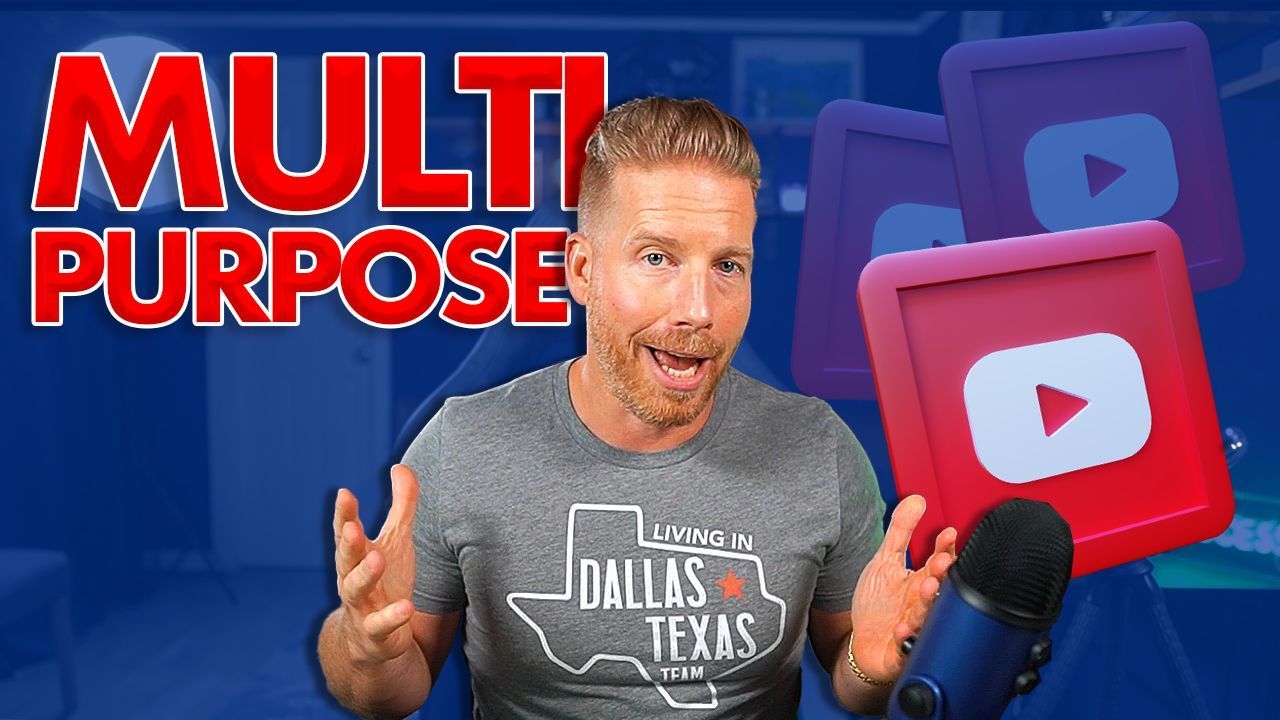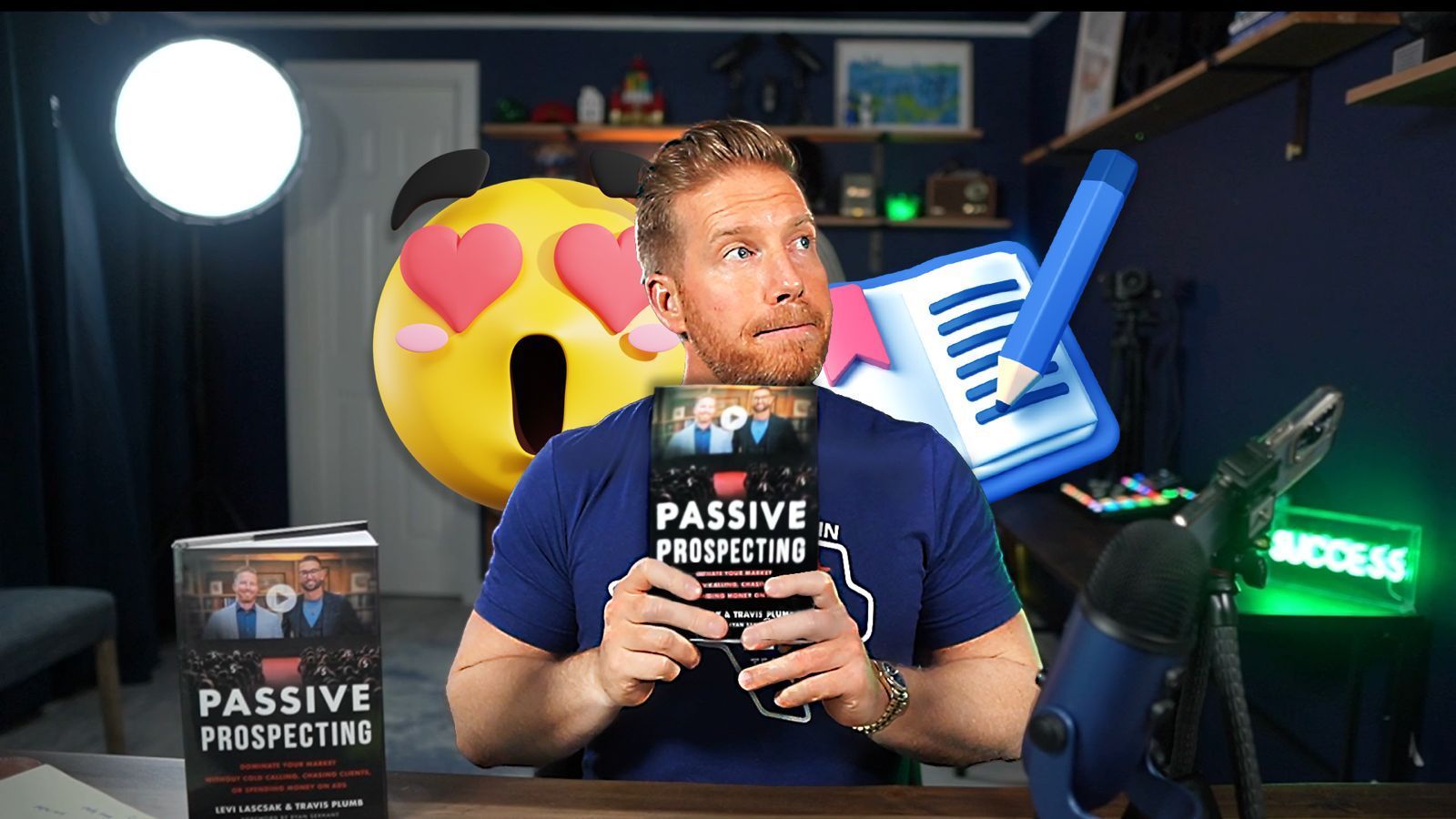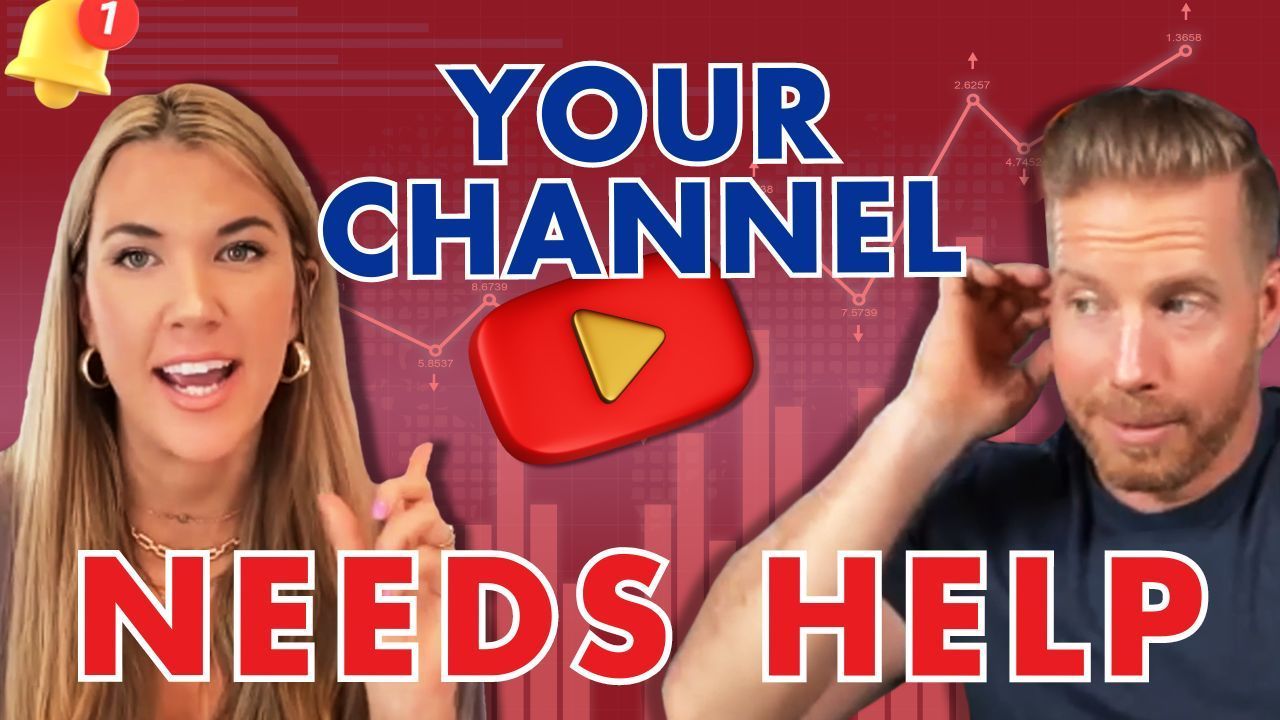Interruption Vs. Intention-Based Marketing
Why You Shouldn't Rely on Distractions
As a business owner or marketer, you know that success rises and falls on the success of your funnel. And the concept makes sense, right? Throw out a large net, capture lots of leads, and then narrow it down as you go. But what happens when the net that you’re casting isn’t actually filled with big, juicy fish?
When was the last time you encountered interruption-based marketing? You know, the kind of ads that pop up in between content or take over your entire screen without you doing anything?
Sure, these tactics can be momentarily effective, but they’re not sustainable. In fact, when it comes to conversion rates and long-term customer satisfaction, interruption-based marketing is a dismal failure.
But people still buy from ads! Heck, I bought from an ad just the other day - so what’s the problem?
The issue is that interruption-based tactics are becoming less and less effective. People have become desensitized to these kinds of ads, as they’ve been overwhelmed by them for so long.
Think of how many times you drive by a billboard and don’t even pay attention. Or, consider how quickly you click away from an online ad.
Why? Because you weren't looking for that product or service. In fact, you weren't even thinking about it. The interruption was unwelcome and/or unhelpful. And, as a result, you tune it out.
This is why brands need to consider the move from interruption-based marketing to intention-based marketing. And the process is actually much more straightforward than you may think.
The Problem with Interruptions
Before we dive into the solution, let’s go over the main issue with interruption-based tactics: they lack relevance and value. You see, assumptions power interruption-based ads - they assume you have a need for what they’re offering without ever doing any research on who you actually are or what you actually want.
Not convinced? Here are a few interruption-style ads you've probably already seen:
- A dog food ad pops up while you are watching the football game.
- You're on your way to the grocery store and see a billboard for a personal injury attorney.
- You visit a website to buy tickets to a concert, and you find yourself bombarded with ads for a new car.
Your cognitive system automatically filters out this irrelevant information. And, because these ads lack value and emotional resonance, you forget about them the moment they’re gone.
Unfortunately, this doesn’t do much to help your brand or business either - sure, these ads may have generated a few clicks (which can be tracked and reported as “success”).
But, at the end of the day, does it really matter? And what happens when you've burned through all your marketing dollars trying to interrupt people? Those new leads won't mean much when you've closed up shop.
The Solution? Intention-Based Marketing
Media experts estimate that the average person is bombarded by 6,000 to 10,000 ads daily. That's a lot of noise.
And the only way to cut through it is to focus on customers who are actually searching for what you have to offer and can come to trust you as an expert voice in the field of noise.
This is where intention-based marketing comes in. This method emphasizes relevance and value by targeting those consumers who are actively looking or thinking about a product or service that your business offers. It also allows marketers to anticipate consumer needs by providing relevant content and solutions - making it easier for people to find what they need when they need it.
For instance, consider the personal injury attorney. Sure, you've likely seen their billboard repeatedly as you've driven around town. But you don't really care about them until you've been in an accident or are looking for legal help.
That's when intention-based marketing comes into play - creating content explicitly designed to offer tips, insights, and direction to those already looking for legal advice. Rather than shotgun-approach advertising, intention-based marketing allows you to focus on those who are already interested in your product or service.
It also helps build trust and loyalty with the customer base. By creating content that speaks directly to their needs and interests, you can better understand who they are and what they want - allowing for more meaningful relationships to form.
It's a simple mindset shift, but if you can master the art of intention-based marketing, you'll set yourself up for long-term success and customer engagement. And no platform offers better intention-based marketing success than everyone's favorite video search engine: YouTube.
Why YouTube Is An Intention-Based Marketing Powerhouse
Creating content is no world-changing concept. Brands have been putting out content on Facebook, Instagram, Twitter, TikTok - you name it. But much of this content is designed as short-form visuals or “snackable” bits of information that don't offer much in terms of value or context.
YouTube, on the other hand, allows brands to create content that really speaks to their customer's needs and interests. From tutorials to reviews, YouTube offers marketers an opportunity to provide useful solutions and address customer questions - allowing people to find exactly what they're looking for.
Plus, with YouTube's search engine optimization algorithms, brands can easily target customers who are already interested in the product or service. It's a simple but effective way to reach those who may be more likely to convert - and serves as a great complement to any traditional advertising campaigns you may be running.
As a real estate agency working in and around the Dallas-Fort Worth metroplex, we've discovered just how powerful YouTube can be for intention-based passive marketing. Rather than create ad spend content that’s likely to run out of steam quickly, we focus on creating content that speaks directly to the needs and interests of our customer base - from buying guides to neighborhood videos.
For instance, we've created long-form videos about "The Pros & Cons of Plano, Texas." Once we filmed the content, it was uploaded and sat on YouTube, ready to be discovered by those interested in the area.
By honing in on intent-based keywords, we've been able to target customers who are already researching and looking for help - creating relationships that can last long into the future. And here's the thing - it works, and it works WELL. We've had clients come across one of our videos discussing an area they are interested in moving to or buying property in and have contacted us within hours of watching the video.
- Did we cold-call them? No.
- Did we spend money to target them online with ads? No.
- Did we post the content to our website, blog, or social media channels? We could, but we don’t need to.
We simply created content and let it sit on YouTube - and eventually, it worked its magic. And because YouTube is designed to offer viewers more of your content when they engage with it, it typically leads to higher customer engagement and conversions over the long run.
This Is The Power of Passive Marketing
When you’re looking to create meaningful relationships with potential customers or clients, intention-based marketing is an invaluable tool in your arsenal. And when it comes to intention-based marketing, no platform can come close to providing the kind of organic reach and engagement that YouTube does.
The key is to create content that speaks directly to potential customers and addresses their needs - creating relationships that last over time. So next time you’re looking for an effective way to market your business, look no further than YouTube. By creating quality content that helps consumers answer their questions when they have them, you’ll set yourself on the path to success - and fast.


Quick Links:
All Rights Reserved | Passive Prospecting
Made with ❤️ by Liftoff Agent in the USA.

